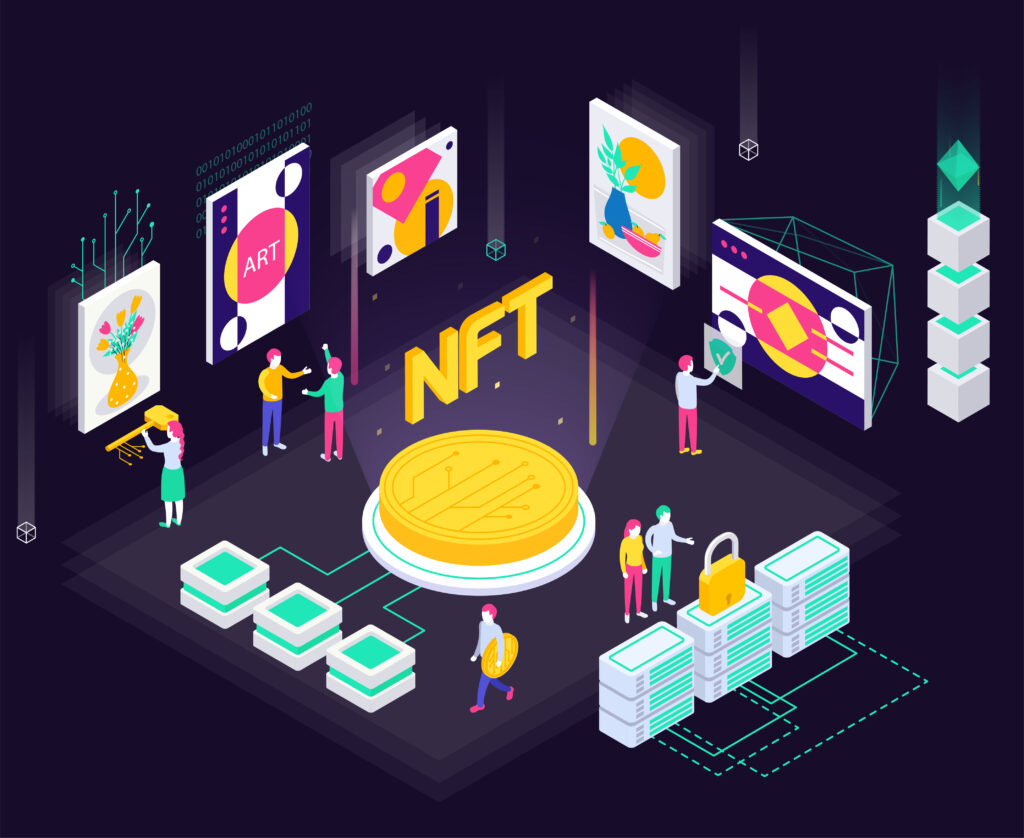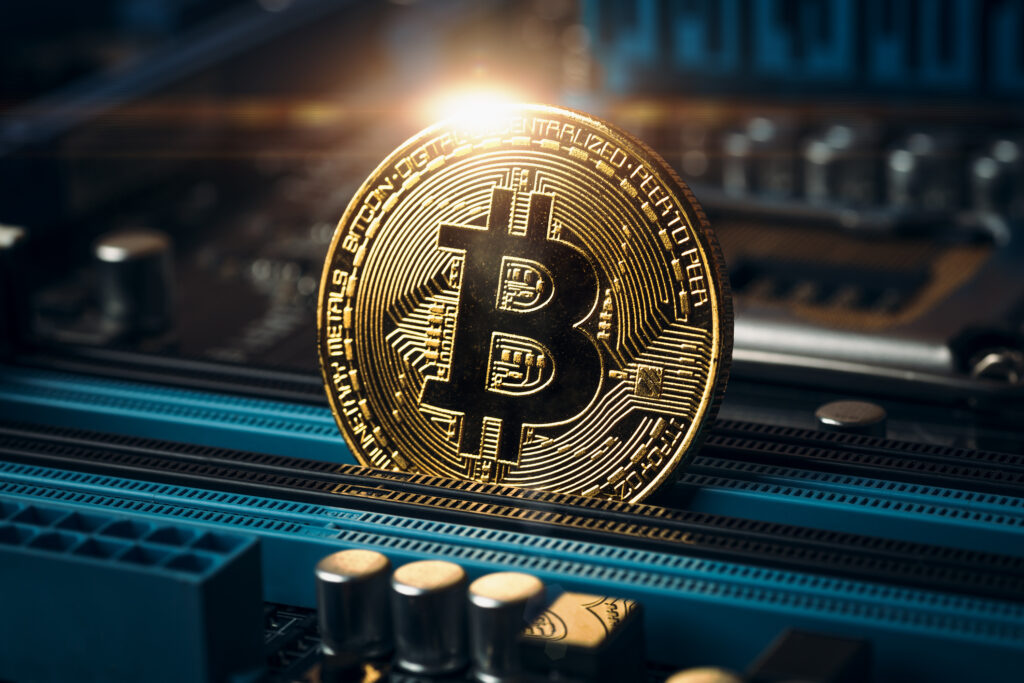
The crypto world is in a constant state of flux. Innovative ICO after innovative ICO appears. Markets rise, markets crash. And as each day goes by, the crazy, hair-raising ride that is cryptocurrency becomes decidedly more interesting. Its abundant vocabulary becomes richer as well, and new crypto buzzwords crop up daily.
To really understand the ins and outs of this complex ecosystem (can anyone fully claim to do that?) you’d need an encyclopedia updating in real time. But, just to get you started, here’s how to hold your own in any cryptocurrency conversation.
These are the top 9 crypto buzzwords you need to know:
Bitcoin BTC
Well, obviously, Bitcoin tops the list of crypto buzzwords. In fact, the vast majority of people automatically think of Bitcoin when they hear the word ‘cryptocurrency.’ Emerging shortly after the financial crisis, in 2009, you can read more about the ideology behind Bitcoin here. But, know this: If you don’t have this word down pat, you can’t even think about talking crypto.
Ethereum ETH
The second largest cryptocurrency after Bitcoin, Ethereum in theory is not in competition with the world’s most famous digital currency. Running on its own blockchain, Ethereum supports apps and trade through a system of smart contracts.
Blockchain
Dabble a little in crypto and it won’t be long before you’re hearing about the technology behind digital money–the blockchain. Actually, generating cryptocurrency is just one use case for blockchain, since the technology can record any information and keep it safe and immutable on its decentralized system.
We’re still discovering just how many uses this new technology has, but it’s widely considered the most disruptive technology since the internet.
Cryptography
This is the technology applied to all transactions in the blockchain. It’s essentially a process of scrambling information, making it unreadable, and allowing transactions to be kept anonymous.
Satoshi
While it sounds like a raw fish dish, Satoshi is actually the smallest fraction of a Bitcoin that you can buy. It’s also the first name of the suspected inventor of Bitcoin, Satoshi Nakamoto, (although this is something he denies).
Market Cap
This term is used a lot and is a good indicator of how large a cryptocurrency is. You basically take the total supply and multiply it by the price to figure out its dollar value.
Mining
Beyond flashlights and hard caps, mining in the crypto world refers to the computational process of generating cryptocurrency on the blockchain. Each computer in the network uploads its power, and miners are rewarded for their efforts in digital currency.
Hashing
A “hash” is a computer program that basically takes any information and turns it into a set of numbers and letters of a certain length.
Forking
Soft forks, hard forks, the concept is basically the same. Forking is when there is a split in the digital recordings on the blockchain, usually used to right a wrong, such as the hacking attack on Ether in 2016.
While you may not claim to be an expert after grasping these basic crypto buzzwords, at least you won’t look blank when you hear them thrown about in the office. From mining and hashing to forking and cryptography, little by little you’ll hold your own in the cryptocurrency world.
















Greetings I am so happy I found your weblog, I really found you by error, while I was researching on Askjeeve for something else, Nonetheless I am here now and would just like to say thanks for a remarkable post and a all round exciting blog (I also love the theme/design), I don’t have time to read it all at the moment but I have saved it and also added in your RSS feeds, so when I have time I will be back to read more, Please do keep up the excellent work.
tabletki na potencję bez recepty
Kitap Fuarı Kitapları Istanbulda Ucuz Kitap
This page certainly has all of the information and facts I wanted about
this subject and didn’t know who to ask.
Amerika Çok Satan Kitaplar 2015 Te Cikan Kitaplar
Kitap Nerede Satılır Kıtap